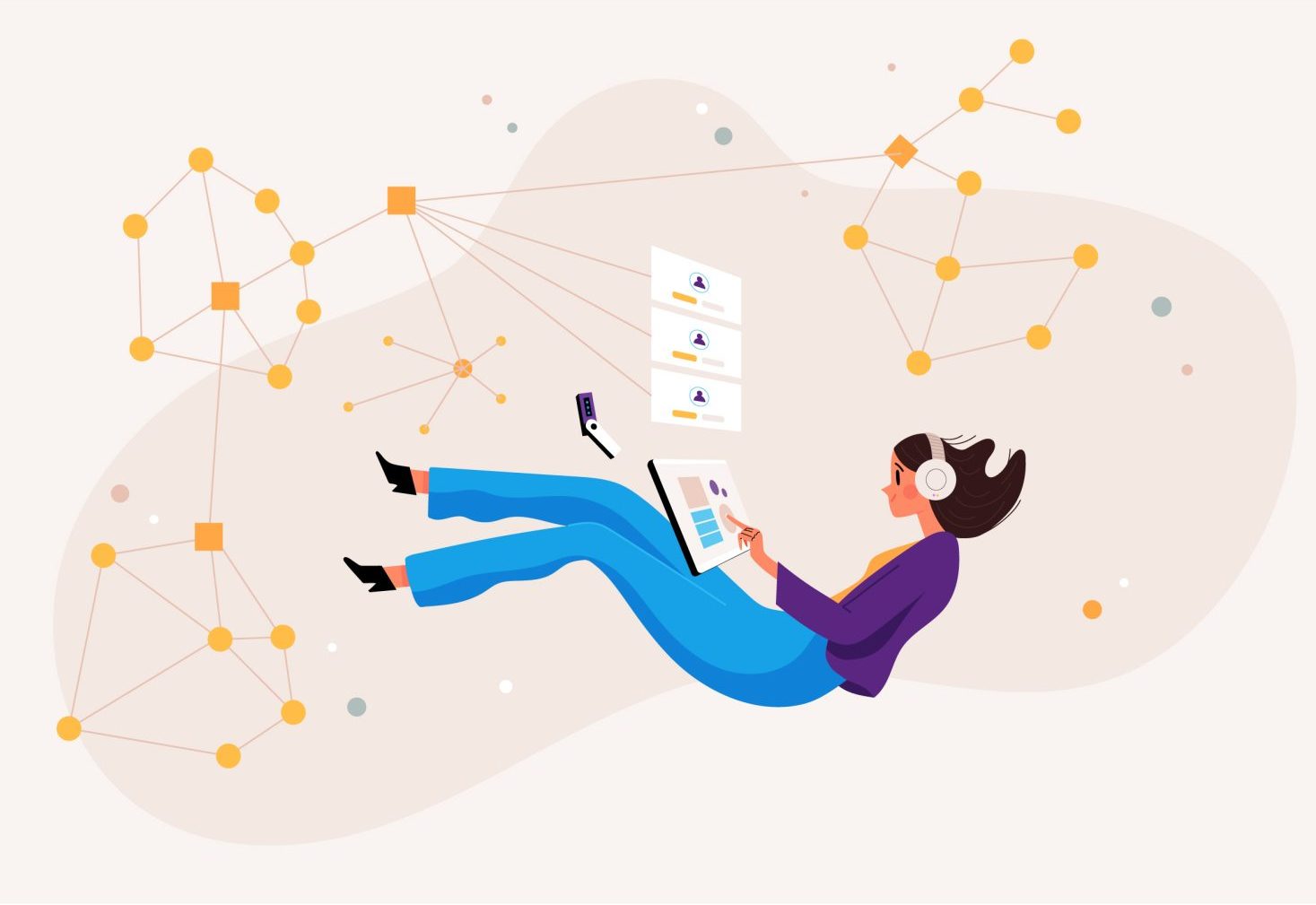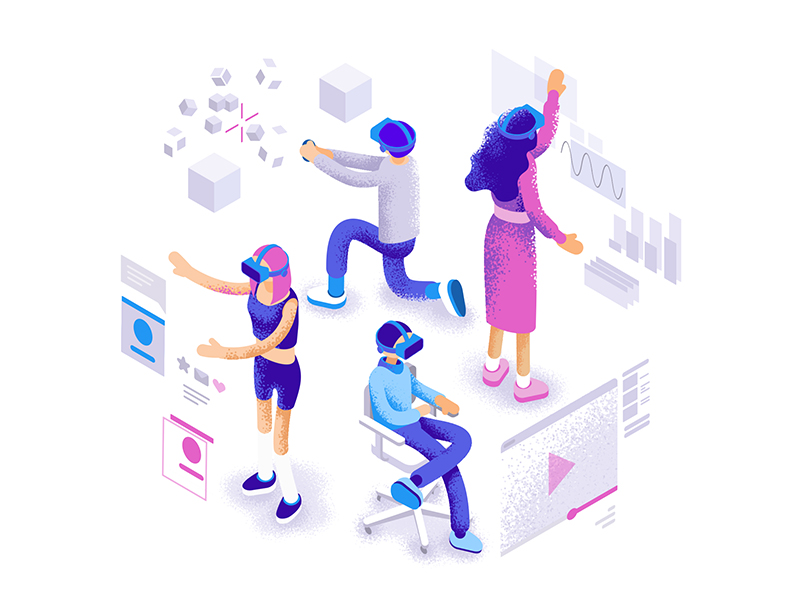The VR world is continuing to inspire and impress people in every industry. Ever since the first virtual reality models were demonstrated in this decade, the market has become interested in the technology. The VR technology is one that has many potentials, not just in the tech industry but across all industries. The design models used in the technology world have changed a lot because of VR. Today, it is possible to visualize particular designs and to work on them in the virtual world even before actualizing them. This is something that has completely transformed the design market. VR is not just improving design; it is completely changing it.
New bonds are being formed
Technology used to be a tool that helped people achieve specific industry goals. Today, technology is part and parcel of the personal lives of billions of people. The rise of smartphones has meant that people no longer stay disconnected from what is going on in the rest of the world. The VR industry is growing tremendously and virtual reality stocks are now some of the hottest commodities in the market. With VR, technology is forming new bonds with people. With the right design, functionality and feel, VR is creating emotional experiences for tech users. This is not just crucial for achieving milestones in various industries but it has also prompted designers to rethink how they approach design.
New kinds of interactions are possible
The VR world is all about interacting with space. Before the advent of the technology, the only method of designing was coming up with computer models that were stuck inside the machine. But with VR, design is now interactive and elements can be changed according to human perception. VR has thus added context in design and decisions are now made with objectivity. The nature of design has also changed to incorporate real-time experiences. As various elements in the VR world interact with each other, designers are able to look comprehensively at the design models and to change things on the go.
Time and effort conservation
Virtual reality has also changed the time and effort spent on design. It is now more efficient to work with real models that can be modified and changed in a virtual world. This saves a lot of time since manipulation of space is done in real-time. Designers are thus able to come up with models quickly and clients give timely feedback to allow the design process to continue. This has changed the industry since time and effort are now saved immensely. The overall impact is cost-effectiveness.
Clients can now be more involved in the design process
Apart from reducing the time and effort spent in the design phase, it is now possible to involve clients in the design process. This is a stark difference from how it was before. Clients who are planning to get a house can, for instance, work with the designer to change the various aspects of the house in real-time. VR allows manipulation of models instantaneously and this is beneficial to designers who might be working in challenging environments. By involving clients more in the process, the end product is almost always guaranteed to be perfect. Satisfied clients are the drivers of all industries.
Virtual reality is creating new opportunities
Lastly, virtual reality is not changing the aspect of design; it is also changing the industry as a whole. More people are getting interested in design simply because of the excitement that comes with experiencing the VR world. This means that in the near future, more people will be involved in the design industry. With more people, more ideas are bound to come up. The possibilities of the industry will thus be stretched farther than they are.
In summary
Virtual reality will continue to chart the way forward in the design industry. This technology has dramatically changed the way design is done. By allowing designers to interact with space, the process of design has become much more realistic. It is now possible to achieve accurate designs in a very short period of time. Virtual reality has also made it possible to involve other parties like clients in the design process. All these factors are important for the growth of the design industry in the future.
Banner Illustration by Aswin Biji




